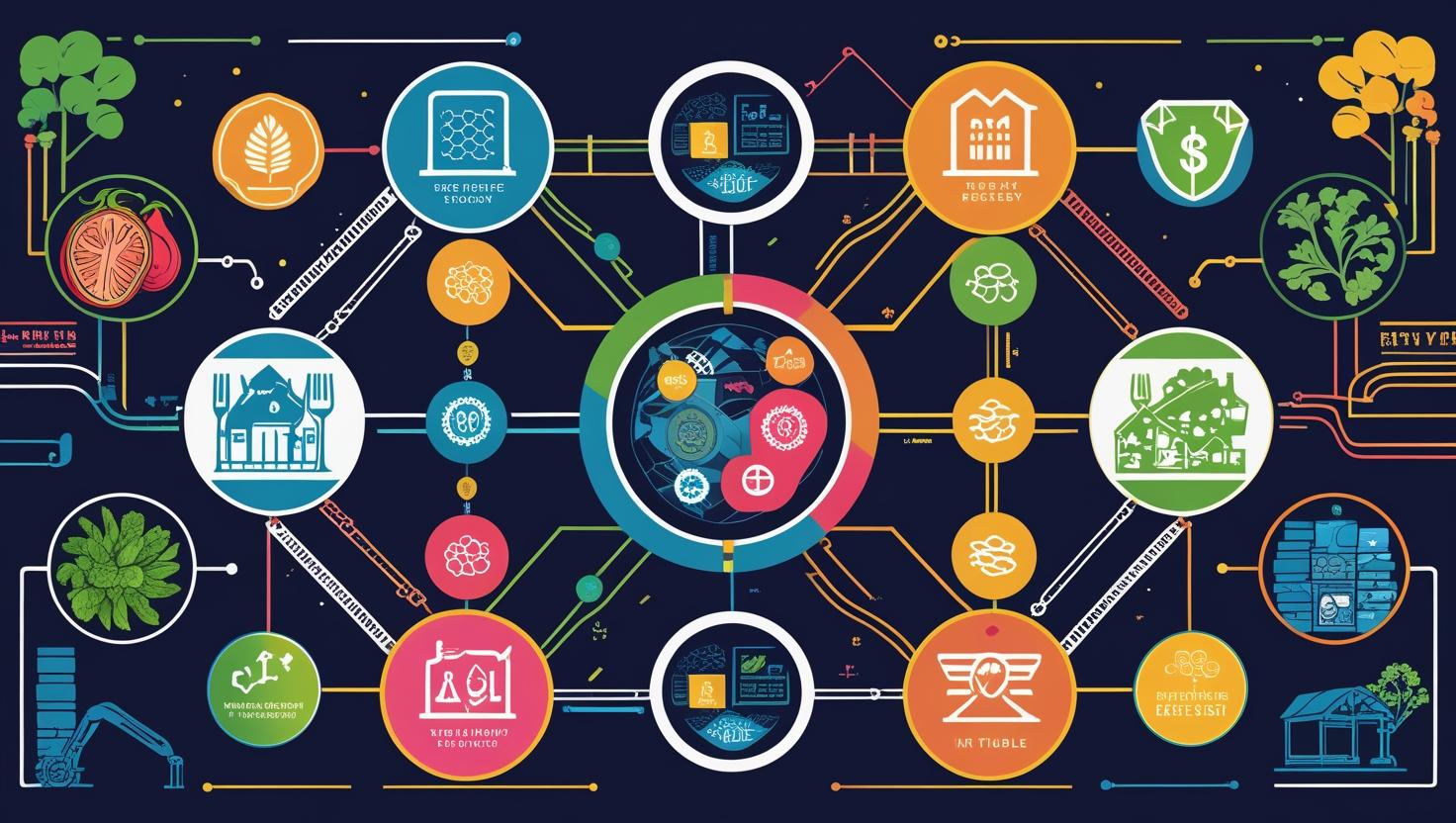
Here’s a wake-up call: Food fraud costs the global economy over $40 billion every year, according to the Food and Agriculture Organization (FAO). What’s worse? Most of it goes undetected due to supply chain blind spots—gaps where tracking breaks down and shady practices hide.
From olive oil diluted with cheaper oils to counterfeit milk powder, the lack of food traceability exposes consumers to health risks and brands to massive reputational damage. In fact, the 2008 Chinese milk scandal, which involved melamine-laced milk, affected over 300,000 babies. And it happened because no one could trace the source fast enough.
This is where asset tokenization and food traceability tokenization come in—acting as the eyes and ears of modern food systems.
What Is Asset Tokenization?
Asset tokenization refers to the digital representation of real-world assets on a blockchain. These tokens store data points such as origin, ownership, and condition, allowing anyone with access to verify their legitimacy and status.
In the context of food, when we tokenize foods, we assign unique digital identities to every batch, crate, or unit of a product. Whether it’s vegetables, dairy, or meat, food traceability tokenization allows every step of the journey—from farm to processing to delivery—to be tracked transparently and in real-time.
Here’s why tokenization is a big deal in today’s food industry:
That’s powerful. If we can tokenize foods and make supply chains visible, we can catch fraud before it becomes a full-blown scandal.
Supply chains—especially in developing countries—are complex and fragmented. Here’s where food fraud thrives:
When systems rely on paper records or isolated databases, it’s easy for bad actors to change product information undetected. Blind spots = breeding grounds for fraud.
The magic of food traceability tokenization lies in its ability to eliminate opacity. When we tokenize foods, every batch is linked to a blockchain ledger with key data points:
Each step is time-stamped, verified, and stored immutably. If something goes wrong, brands can trace it instantly and respond before it spreads.
Still wondering if this works in real life? Check out this traceability case study from Spydra.
The company collaborated with Maahi Ghee, a large Indian dairy producer, to integrate asset tokenization into its supply chain. Each ghee pack was traceable from farm to factory, enhancing customer trust and streamlining audits. Plus, it allowed regulators and suppliers to verify real-time data using QR codes—no paperwork required.
The result? More transparency, fewer disputes, and stronger brand loyalty. Proof that food traceability tokenization is not just theory—it’s practice.
Let’s break down the typical flow of tokenization in a food supply chain:
Smart contracts can even automate actions—like rejecting spoiled batches or releasing payments only when verified steps are completed.
The adoption of food traceability tokenization is picking up steam worldwide:
According to Allied Market Research, the blockchain in agriculture and food supply chain market will reach $1.48 billion by 2026. That’s massive growth—and a clear sign that brands are waking up to tokenization.
When you tokenize foods using blockchain, you unlock a wave of benefits:
With full transparency, buyers trust what they eat.
Pinpoint contaminated batches instantly and pull them fast.
Digital trails ensure compliance with global food safety standards.
Smart alerts prevent spoiled or expired items from going to shelves.
Blockchain is a big deal for eco-conscious, health-savvy shoppers.
Q1: What is food traceability tokenization?
It’s the use of blockchain and tokens to track every step in a food product’s lifecycle, ensuring real-time visibility and safety.
Q2: Why tokenize foods?
To prevent fraud, reduce blind spots, and build consumer trust through traceable data stored on immutable ledgers.
Q3: Can tokenization help prevent food fraud?
Absolutely. By making it impossible to alter records or hide product origins, tokenization cuts off fraud at the source.
Q4: What are the challenges of implementing tokenization?
Integration costs, data standardization, and connectivity in remote areas are current hurdles—but tech advancements are closing the gap.
Food fraud won’t disappear overnight—but asset tokenization and food traceability tokenization give us powerful tools to fight back. By deciding to tokenize foods, brands and governments can restore visibility, ensure safety, and earn back public trust.
And if you're still skeptical, don’t forget to explore the incredible Maahi Ghee traceability story here—a perfect example of tokenization in action.